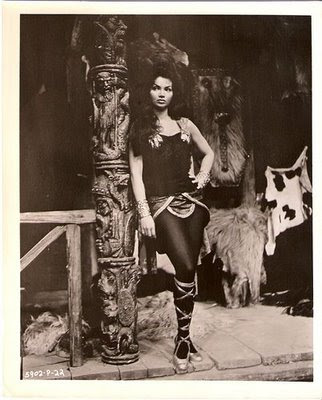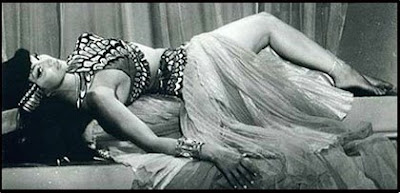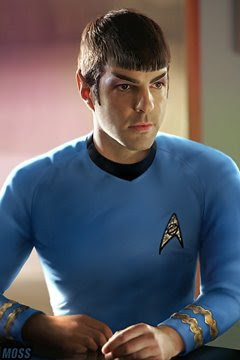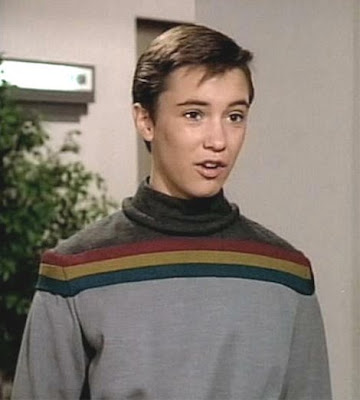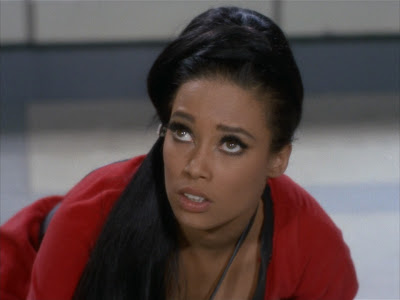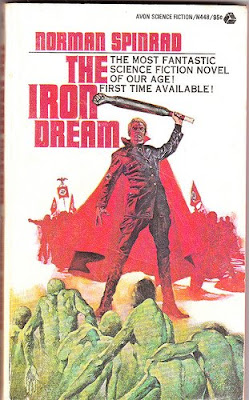
I've always loved science fiction and adventure stories, and I like them enough to take them seriously, to think about them, and occasionally, to be alarmed by some of the more disturbing assumptions built into them: the veneration at force, for instance, and the Totally Evil Alien Race, where we cheer the hero on when he kills them, often to the point of extermination.
This brings me to Norman Spinrad's "The Iron Dream," a book by counterculture "New Wave" author Norman Spinrad, who wrote one of my all time favorite science fiction stories, "A True Drug Culture," about an entire society that is under the influence of drugs near-constantly, tackling a taboo topic that receives blanket condemnation by censors, a subject it's hard to imagine John W. Campbell and his stable even considering. Norman Spinrad has always been one of my favorite science fiction writers, edgy and controversial the way people in the sixties and seventies often were, a real contrast to our play-it-safe culture. Another of my favorites was the politically loaded "Bug Jack Barron," which was about an American media pundit, sort of like a morally principled version of Bill O'Reilly, that encouraged political debate on his show.
In short, Norman Spinrad was the guy that best personified what was happening in science fiction in the 1970s: its ability to be experimental and edgy, defying the traditional science fiction stories that were penned by the hundreds in the 1940s and 1950s featuring cigar chomping, wisecracking badasses that use dubious engineering to solve their problems.
Norman Spinrad was one of the chief writers of Moorcock's "New Worlds" anthology, and it's interesting to compare Spinrad to Moorcock, not the least of which because in the late period of their career they started to write historicals as opposed to straight up science fiction: Moorcock with "Mother London" and Spinrad with things like "Mexica."
Spinrad's "The Iron Dream" is a novel with a twist: it is a book supposedly written by Adolf Hitler, who in an alternate history didn't go into politics and never became Furher of Germany, and instead moved to the United States where he was involved in early science fiction fandom first as a cover artist, and finally as a writer. In addition to the pulpy, intentionally bad novel "Lord of the Swastika" written by Hitler, the book also sports a parody of science fiction academic reviewers, and fake blurbs from other writers,
 like "Hitler, in his debut novel is electric!" There's even a fake ad for buying other books by science fiction novelist Adolf Hitler, all with malevolent sounding titles like "Tomorrow the World" and "The Master Race."
like "Hitler, in his debut novel is electric!" There's even a fake ad for buying other books by science fiction novelist Adolf Hitler, all with malevolent sounding titles like "Tomorrow the World" and "The Master Race."Here's the rub, the big joke, the giant irony behind Spinrad's book: it isn't different at all from any other adventure, pre-1960 science fiction or Sword & Sorcery novel! It has the same steely-eyed hero with big muscles, a magnificent and unwavering sense of destiny and purpose, with enemies that are vile, subhuman monsters.
As Ursula K. Le Guin put it: "The prose style is prudish and stiff. There are no women at all, no dirty words, no sex of any kind: the book is a flawless example of clean obscenity. It will pass any censor, except the one that sits within the soul." The book isn't so much a parody of Hitler and Nazism, but of the entire escapist adventure genre, which loudly claims to be without realism or political content but is nonetheless loaded with ideology, such as the role of the innately superior man, the superiority of militarism and muscular, authoritative action over careful intellectual consideration and diplomacy.
I'm sure the prudish Robert E. Heinlein fans and Alpha Male worshippers will find much to admire in "Hitler's" novel, as lots of people just don't get the joke, especially those prone to fooling themselves about how certain escapist and cynically produced adventure books have no political content or statement. There was one fanzine reviewer in the 1970s that talked about how "Lord of the Swastika" was a rousing adventure yarn, but spoiled by all this stuff afterwards about Hitler. The hero of "Lord of the Swastika," Feric Jagger, is a laughably invincible superman. That's the whole spirit of the book: Ferric Jaggar is an idealized "Mary Sue" wish-fulfillment character for Adolph friggin' Hitler, and yet, he is really no different than any other Sword & Sorcery or Sci-Fi alpha dog hero. That sort of discomfort is the most thought-producing aspect of the book.
Norman Spinrad really lays it on thick: at once point it describes the hero in such loving detail it was laughably homoerotic, talking about his large muscles and sexual presence. Here's the weird part: his intentionally homoerotic description is actually no different than the many times that Edgar Rice Burroughs lovingly describes Tarzan's "nut brown body with the curves of a Greek god."
It goes without saying that Hitler's book is intentionally awful. The violence is so lurid and over the top it's a type of war-porn. The book is filled with creatures like pinheaded mutants, malevolent, mind controllers and giant ameobas with hundreds of jibbering mouths and thrashing tentacles.

In the end, the book is interesting because it places moral demands on the reader, which many Westerns and other books don't: villains are villains and Must Be Killed. It also lampoons a mentality among fans of genre fiction that I just don't get. One of my ex-girlfriends that loved Romance novels but despised generic, formulaic bodice-rippers and stupid virgin female heroines, talked about how annoyed she was by other romance novel readers, how they always say something like "oh, I don't care much for realism, it's all supposed to be a fantasy anyway."
In the end, the political statement of "The Iron Dream" is intertwined with its parody/critique of genre fiction that goes beyond S&S and science fiction pulp. In the end, truly formulaic science fiction and adventure stories don't have any value. The greatest function of crap is to inure the reader to more crap...something I was just thinking about when I saw reviews for Transformers 2 where apologist critics knuckle under to the proles and teens that made that film a box-office hit and say it was a good example of formulaic genre fiction, and so forth.
Finally, I think it's worth noting that science fiction has really cast out the idea of the idealized, fifties style alpha male Heinlein father figure. I recently reread S.M. Stirling's recent novel, Island in the Sea of Time, about how the island of Nantucket finds itself transported back to the Bronze Age, and what struck me as extraordinary was the main villain of the novel, if it was written back in the 1960s, would have been its hero: he was a clear-eyed idealist, handsome and muscular, that never questioned his own actions or explained himself, and the very qualities that would have made him heroic in fifties fiction make him malevolent and frustratingly intransigent in modern times.


